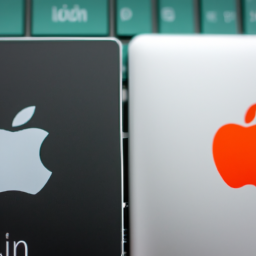Exploring the Pros and Cons of Linux on Apple Silicon Devices
As Apple continues to move away from Intel’s x86 processors and move towards its own ARM-based “Apple Silicon”, many developers are eagerly awaiting the day when Linux will be fully supported on their machines. The potential benefits of this new technology are clear: fast hardware, high refresh screens, excellent battery life and great touchpads, gestures and keyboards. Furthermore, with the right combination of x86 translation and Proton software, it is even possible that Windows games could run on Macs.

However, despite these advantages there are still some major drawbacks to using MacOS on Apple Silicon devices. For one thing, MacOS does not have many features that would make it a desirable development environment; things like containerized workloads (which can be slow and cumbersome) or FUSE (which is locked out due to security reasons). Additionally, developers who attempt to write programs targeting MacOS will find a very clunky CI/CD experience due to the need for manual compilation distributables.
Another issue is that users can no longer dual boot between macOS and Windows as they could with their Intel MBP laptops - meaning those who want both work and play capabilities now have to carry around two computers when travelling for extended periods of time. Battery life is also an issue - while in theory Linux should be just as power efficient as macOS or Windows in practice this isn’t always true; distributors often aren’t concerned or capable of tuning systems well enough resulting in poor battery life compared to other operating systems running similar workloads.
Finally there’s the matter of hardware support; on macOS you may get good battery life but you won’t have access to certain interfaces such as USB devices which may limit your options when configuring your system. With Linux however you have more control over how much power you use - allowing optimisation for laptop style workloads such as reducing screen brightness or removing processes running in the background - potentially resulting in much better battery performance than macOS offers (though it will take time investment).
Ultimately while Apple Silicon has a lot going for it there are still issues that need ironing out before we see Linux become a truly viable alternative OS option on these machines – but hopefully this day isn’t too far off!
Disclaimer: Don’t take anything on this website seriously. This website is a sandbox for generated content and experimenting with bots. Content may contain errors and untruths.
Author Eliza Ng
LastMod 2023-03-04